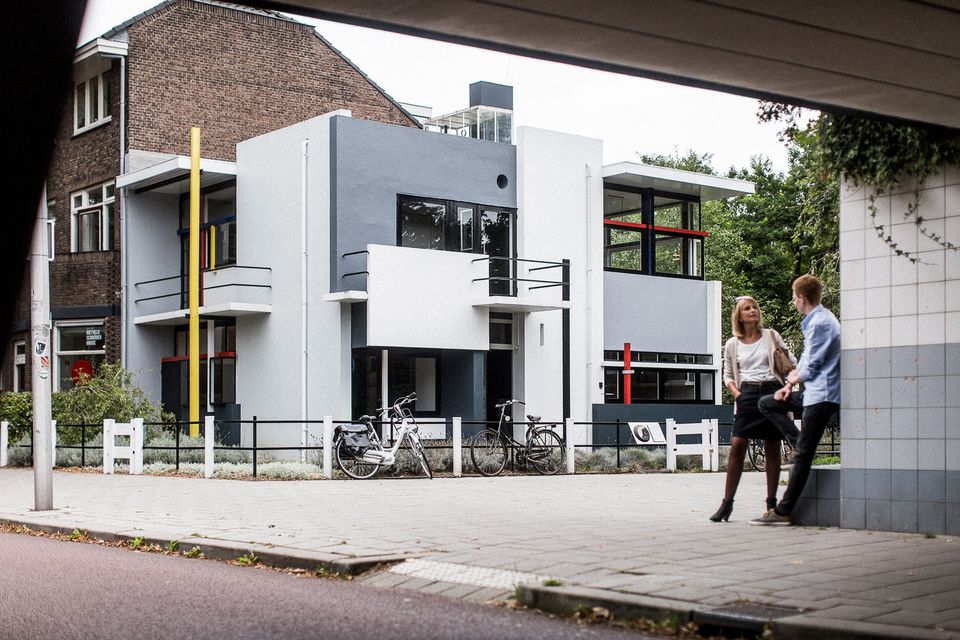odp
1 to 24 of 298 locations
-
Museum Bunker
Museum Bunker
3831 RZ Leusden
-
Asschatterkeerkade Leusden
Asschatterkeerkade Leusden
3831 JP Leusden
-
Mondriaan House
Mondriaan House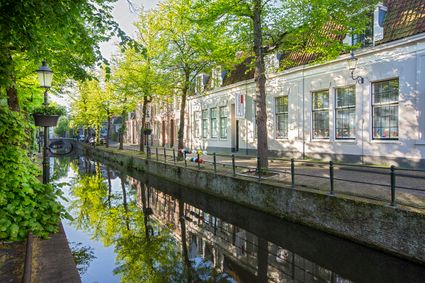
3811 KG Amersfoort
-
Museum Flehite
Museum Flehite
3811 BC Amersfoort
-
Duurstede Castle
Duurstede Castle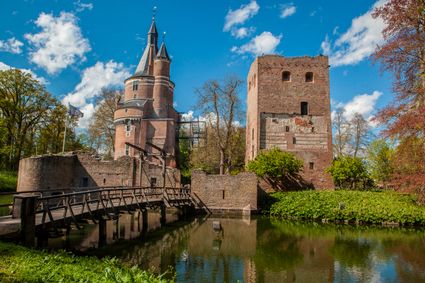
3961 AB Wijk bij Duurstede
-
Kersenmuseum (cherry museum)
Kersenmuseum (cherry museum)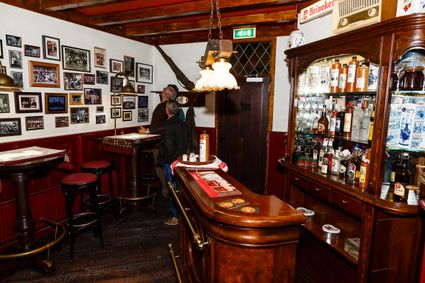
Groenewoudseweg 18
3945 BC Cothen
-
Fort bij Vechten
Fort bij Vechten
3981 HB Bunnik
-
Waterline Museum Fort Vechten
Waterline Museum Fort Vechten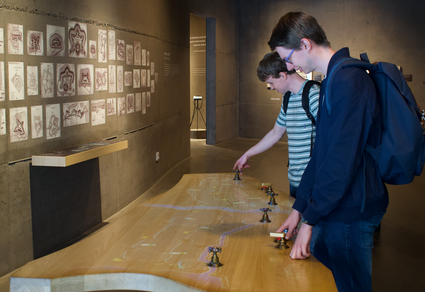
3981 HA Bunnik
-
't Veerhuys
't Veerhuys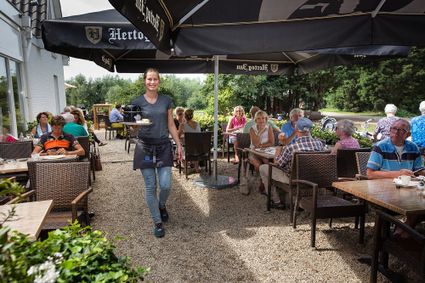
4112 PC Beusichem
-
Fort Werk aan de Korte Uitweg
Fort Werk aan de Korte Uitweg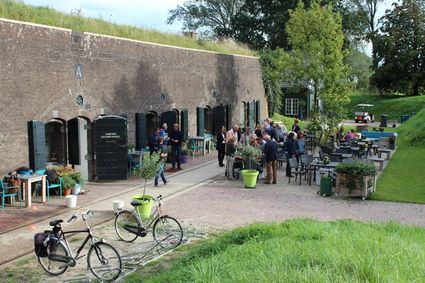
3999 WL Houten
-
The Botanical Gardens
The Botanical Gardens
3584 CD Utrecht
-
Boerderij -Landwinkel Nieuw Slagmaat
Boerderij -Landwinkel Nieuw Slagmaat
3981 HE Bunnik
-
Rietveld Schröderhuis
Rietveld Schröderhuis
The Rietveld Schröder House is the architectural highlight of the art movement De Stijl. The house was designed by the Utrecht architect and designer Gerrit Rietveld, commissioned by widow Truus Schröder in 1924. The house is not only designed but also decorated by Gerrit Rietveld (1888 – 1964).
De Stijl
The house is designed according to the principles of De Stijl. Characteristic for De Stijl are the seamless transitions from inside to out, by breaking open the closed walls. The use of primary colours red, blue and yellow (besides white, grey and black) is also part of this art movement.Truus Schröder was deeply involved in the location and design of the house. She had a clear view on the way she wanted to live. Soberness, for example, was fundamental, as she wanted to live in the active sense and not be lived. This resulted in a large and bright living area which can be partitioned into different spaces using flexible walls.
Through the years, Rietveld did several adjustments to the building, but after the passing of Truus Schöder in 1985, the house was restored and brought back to original state. The Rietveld Schröderhuis consist lots of original furniture by Rietveld. For example the zigzag chair and the famous red-blue chair.
Accessibility
Unfortunately the Rietveld Schröder House is not accessible for wheel chairs, prams and strollers.
3512XC Utrecht
-
-
Fort Everdingen
Fort Everdingen
Noodweg 2
4121 KK Everdingen
-
TOP Linschoten
TOP Linschoten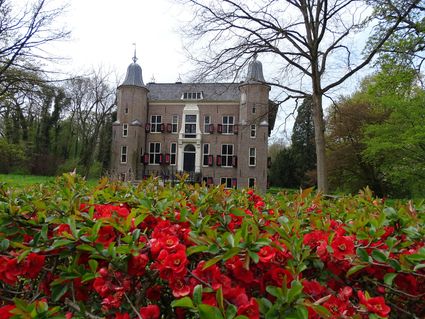
Noord Linschoterdijk 1 (tegenover nr. 1)
Linschoten
-
TOP Winkelpolder, Vinkeveen
TOP Winkelpolder, Vinkeveen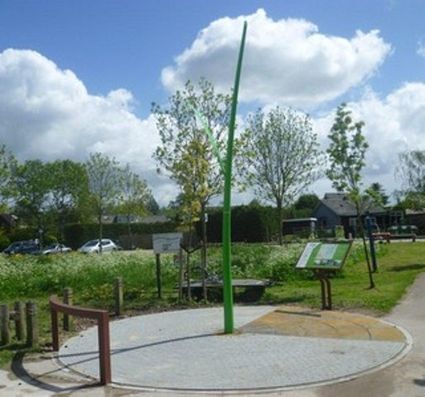
3645AP Vinkeveen
-
Fort Uitermeer
Fort Uitermeer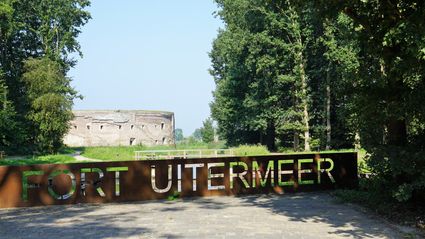
Uitermeer
1381 HP Weesp
-
TOP Kersenpracht Cothen
TOP Kersenpracht Cothen
Graaf van Lynden van Sandenburgweg 2
3945 PB Cothen
-
TOP Bergse Bossen
TOP Bergse Bossen
Traaij 299
3971 GM Driebergen
-
Museum Vredegoed
Museum Vredegoed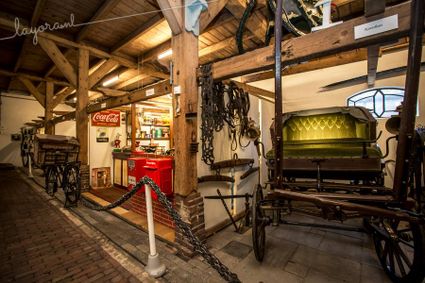
3612 BA Tienhoven
-
Henschoter lake
Henschoter lake
3931MK Woudenberg
-
Pausdam
Pausdam
3512 HN Utrecht
-
TOP Marnemoende, IJsselstein
TOP Marnemoende, IJsselstein
2402PG IJsselstein
-
Country Estate Bergse Bossen***
Country Estate Bergse Bossen***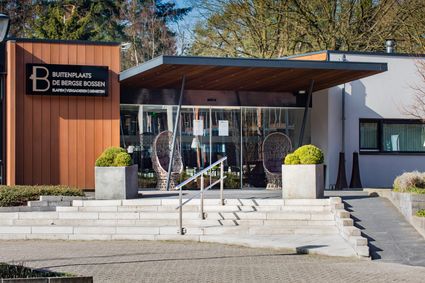
3971 GM Driebergen-Rijsenburg
- Current page1
- Go to page2
- Go to page3
- Go to page4
- Go to page5
- …
- Go to page13
- Go to the next page

